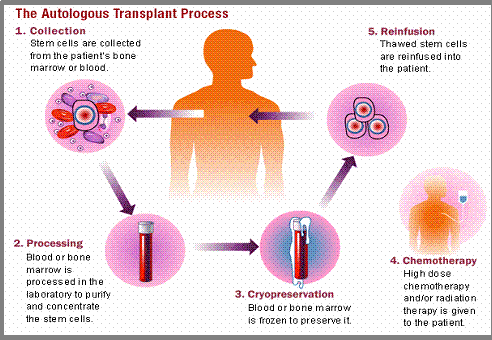Bone marrow transplantation is a procedure followed to replace ailing bone marrow with fresh, healthy bone marrow. Bone marrow transplantation is a critical procedure and is followed through only when the patient is on the losing end of a battle with a life threatening disease such as leukemia or anemia. Bone marrow transplantation is essentially done when the patient is losing white blood cells or red blood cells or platelet count.

Bone marrow is soft tissue that produces blood forming cells which then go on to mature into white blood cells, or red blood cells or platelets. When a disease harms bone marrow beyond recuperation, it is hindering the body's ability to implement protective measures against infections, carry oxygen, or healing factor. The blood forming cells which can mature into either white or red blood cell or a platelet is known as blood stem cell.
The procedure sees to it that all the unhealthy bone marrow existing in the patient's body is replaced with healthy bone marrow. Bone marrow can be collected from any of the following sources:
-
Old bone marrow retrieved from the patient's body– This is when healthy bone marrow is extracted from the patient’s body and stored aside for use as per requirement.
-
Peripheral blood stem cell (PBSC) – This is bone marrow acquired from the patient's family. Usually it is considered that the patient's family has the same type of bone marrow as the former.
-
Umbilical cord collected after a person as born– The umbilical cord blood is a natural source of stem cell.
Bone marrow transplants can be of two types- autologous- this is the kind where bone marrow is retrieved from the patient's own body; the other is allogeneic transplant, using bone marrow from family, or a stranger or umbilical cord.